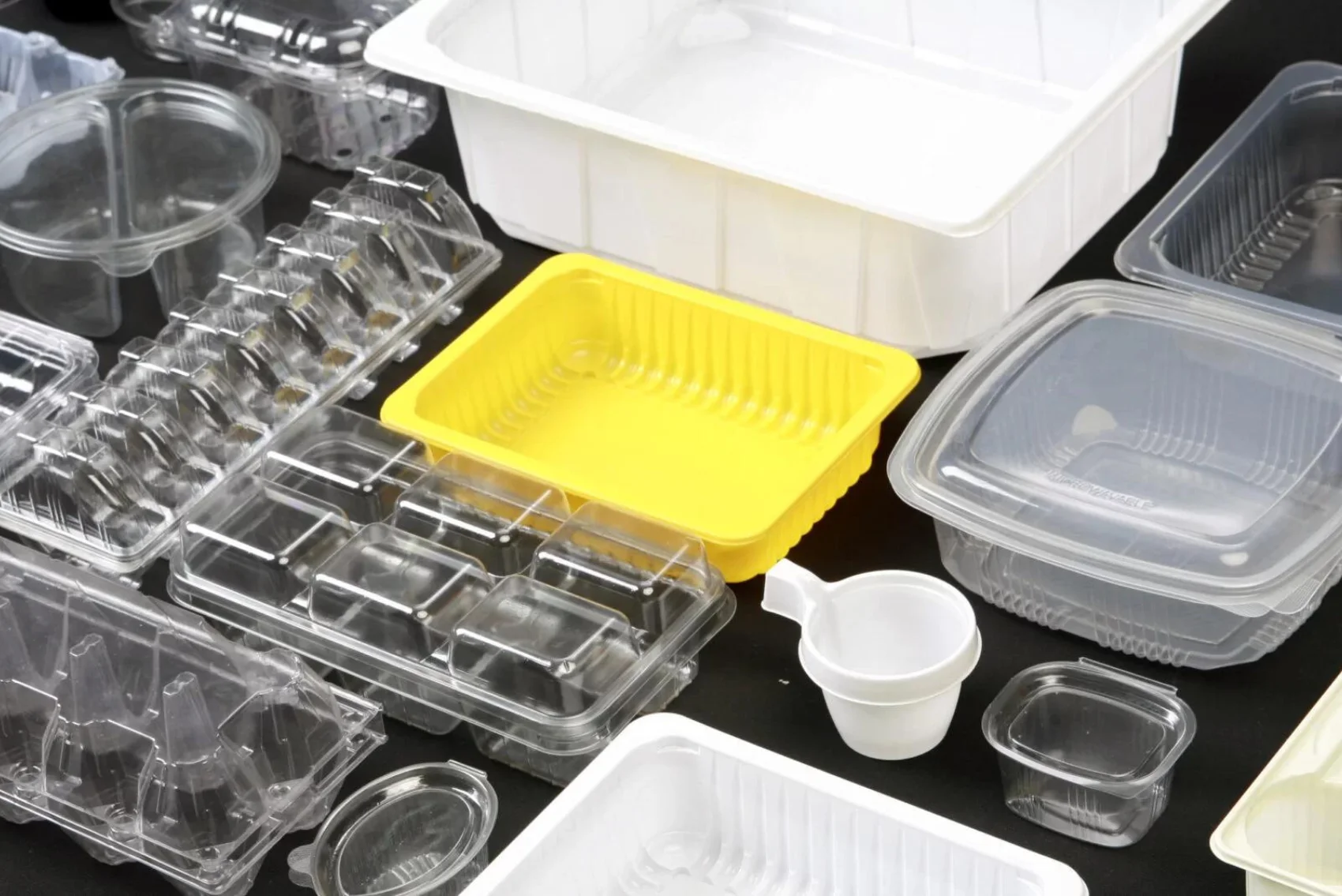In the fast-paced world of product manufacturing and distribution, packaging plays a crucial role in safeguarding products, enhancing their visual appeal, and ensuring their safe transit from production to the end consumer. Among the myriad packaging solutions available, custom thermoformed packaging has emerged as a versatile and efficient choice for a wide range of industries. This blog will delve into the intricacies of custom thermoformed packaging, exploring its benefits, manufacturing process, applications, and the factors to consider when opting for this innovative packaging solution.
Understanding Custom Thermoformed Packaging:
Custom thermoformed packaging involves the use of heat and pressure to mold plastic sheets into specific shapes and sizes, creating customized packaging solutions tailored to the unique requirements of a product. The process begins with the selection of suitable thermoplastic materials, such as polyethylene (PE), polypropylene (PP), or polystyrene (PS), depending on the desired characteristics of the final packaging.
Key Benefits of Custom Thermoformed Packaging:
- Versatility: Custom thermoformed packaging offers unparalleled versatility, allowing manufacturers to create packaging solutions for products of various shapes, sizes, and complexities. This adaptability makes it an ideal choice for industries ranging from food and electronics to pharmaceuticals and consumer goods.
- Precision and Consistency: The thermoforming process ensures precise molding, resulting in packaging that perfectly fits the contours of the product. This precision is crucial for items with intricate shapes or fragile components. Additionally, thermoforming provides consistency in the production process, ensuring that each packaging unit meets the same high standards.
- Cost-Effectiveness: Custom thermoformed packaging is often more cost-effective than other packaging methods, particularly for large production runs. The process minimizes material waste, as excess plastic can be recycled, contributing to both environmental sustainability and reduced production costs.
- Enhanced Product Visibility: Thermoformed packaging allows for clear visibility of the enclosed product, which is especially beneficial for retail packaging. The transparent nature of the material enables consumers to assess the product without opening the package, leading to increased consumer satisfaction and a positive brand image.
Manufacturing Process:
The manufacturing of custom thermoformed packaging involves several key steps:
- Material Selection: The process begins with the careful selection of thermoplastic materials based on the product’s requirements. Factors such as durability, transparency, and environmental considerations play a crucial role in this decision.
- Sheet Extrusion: The chosen thermoplastic material is then extruded into thin sheets. The thickness of these sheets can be adjusted to meet the specific needs of the product, ensuring optimal strength and flexibility.
- Heating and Thermoforming: The extruded sheets are heated to a pliable state and then formed over a mold using vacuum pressure or direct mechanical force. This step is where the customization occurs, as the plastic conforms to the unique shape of the product or packaging design.
- Trimming and Finishing: After the thermoforming process, excess material is trimmed away, leaving a clean and polished edge. Additional finishing touches, such as printing, labeling, or surface texturing, can be applied to enhance the aesthetic appeal of the packaging.
Applications of Custom Thermoformed Packaging:
- Food Packaging: Custom thermoformed packaging is widely used in the food industry for items such as trays, clamshells, and blister packs. Its ability to provide a secure and hygienic enclosure makes it ideal for protecting perishable goods during transportation and storage.
- Electronics Packaging: The electronics industry benefits from thermoformed packaging for items like component trays, display cases, and protective covers. The precision and durability of thermoformed packaging ensure that sensitive electronic components remain safe and intact.
- Medical and Pharmaceutical Packaging: In the medical field, custom thermoformed packaging is employed for items like pill dispensers, medical device trays, and packaging for surgical instruments. The sterile and customizable nature of thermoformed packaging meets the stringent requirements of the healthcare sector.
- Consumer Goods: Custom thermoformed packaging enhances the presentation and protection of various consumer goods, including toys, cosmetics, and household items. The ability to showcase products through transparent packaging contributes to increased sales and consumer satisfaction.
Considerations When Opting for Custom Thermoformed Packaging:
- Material Selection: Choosing the right thermoplastic material is critical. Factors such as the product’s weight, sensitivity to environmental conditions, and the desired level of transparency should be considered to determine the most suitable material.
- Design and Customization: The success of custom thermoformed packaging lies in its ability to meet the specific design requirements of the product. Collaborating with experienced packaging designers ensures that the final packaging not only provides optimal protection but also enhances the product’s visual appeal.
- Sustainability: With an increasing focus on sustainable practices, opting for recyclable or biodegradable thermoplastic materials can align with environmental goals. Additionally, the efficiency of the thermoforming process in minimizing material waste contributes to a more eco-friendly packaging solution.
- Regulatory Compliance: Depending on the industry, there may be specific regulations and standards governing packaging materials. Ensuring compliance with these regulations is crucial to avoid legal issues and maintain the integrity of the packaged product.
Conclusion:
Custom thermoformed packaging stands at the intersection of functionality, versatility, and cost-effectiveness, making it a preferred choice for diverse industries. From its precise manufacturing process to its wide range of applications, thermoformed packaging offers a holistic solution for companies aiming to enhance their product packaging. By understanding the nuances of thermoformed packaging and considering key factors during the decision-making process, businesses can leverage this innovative packaging solution to meet the evolving demands of the market while ensuring the safety and appeal of their products.
